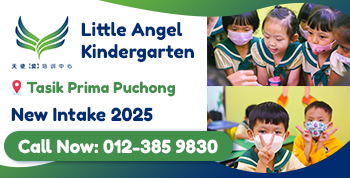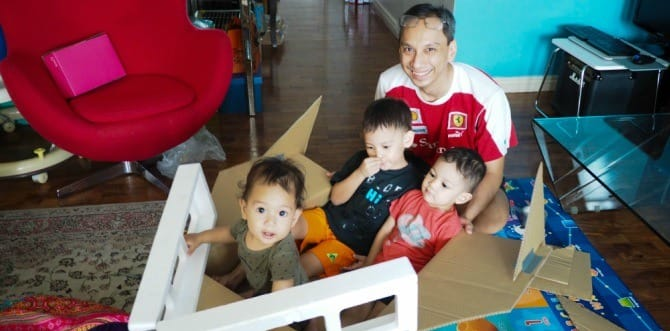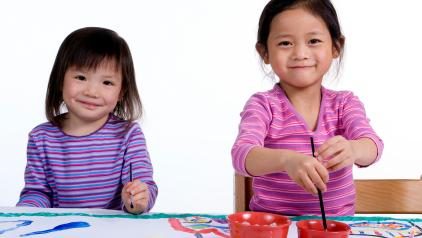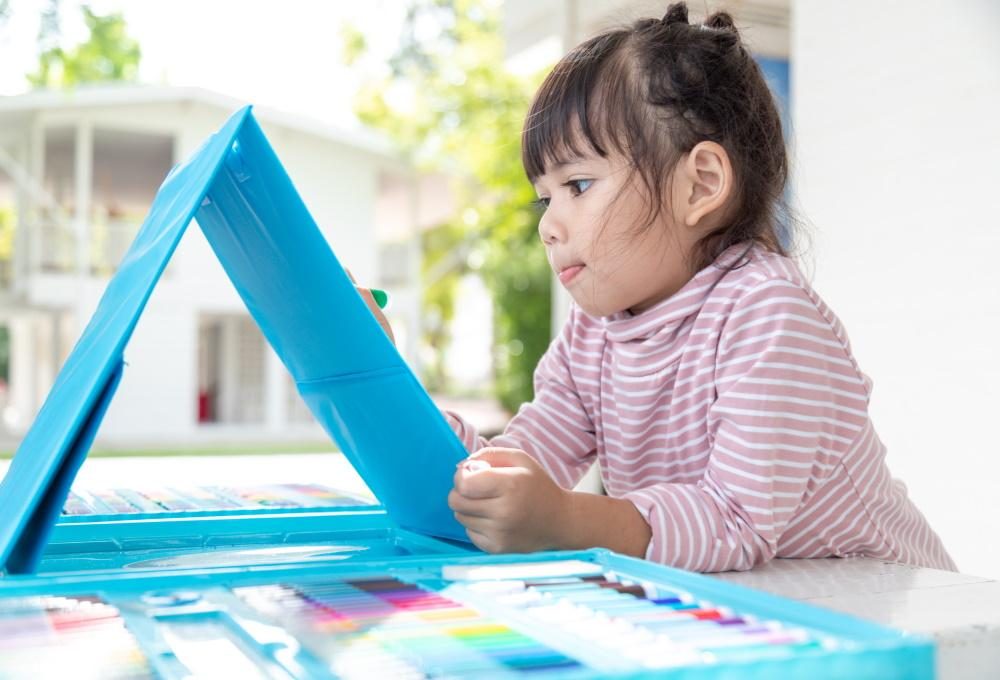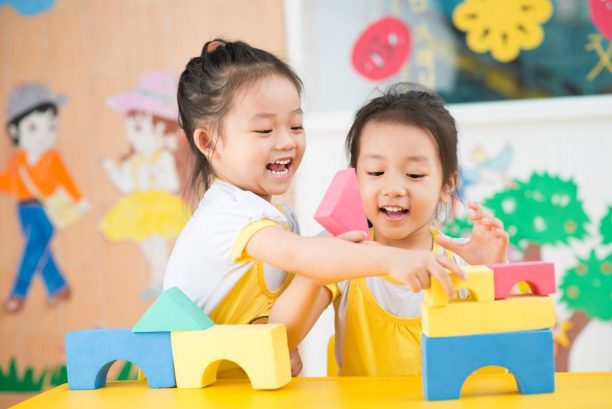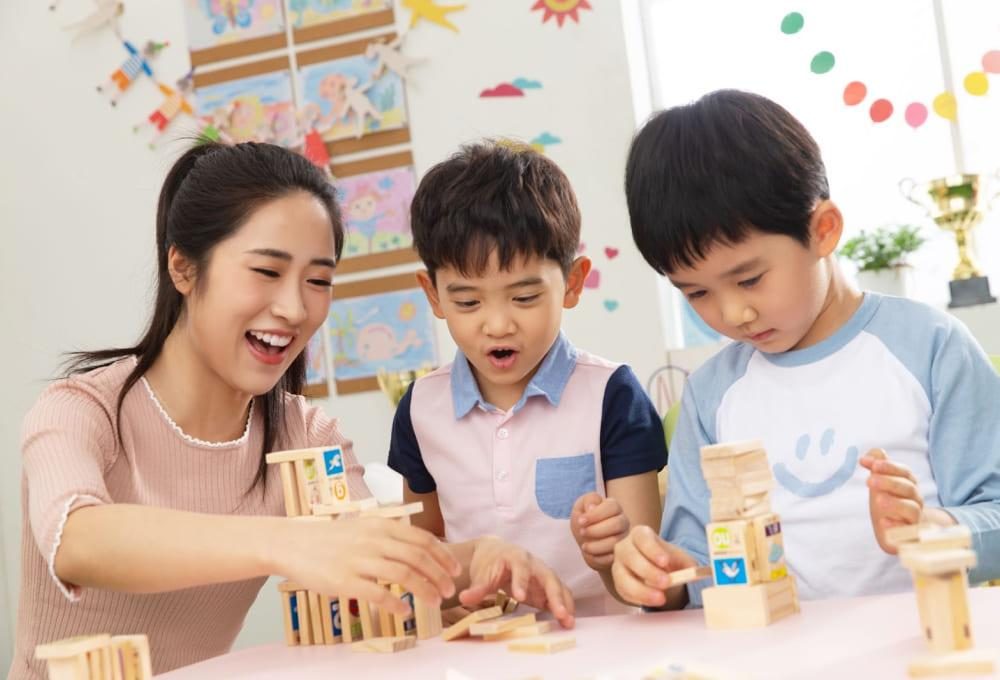A Guide to Toys For Kids
by on 02/08/2025 6038
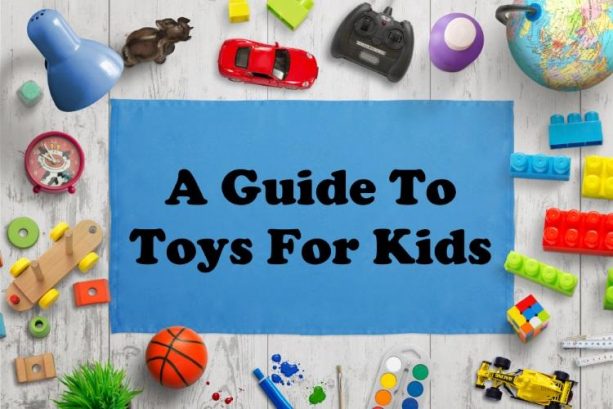
Kids love toys, this is one indisputable fact. Ever experience bringing your kid to a toy store and they would refuse to leave unless you buy something (or at least promise to buy) for them? That’s how much kids can’t live without toys. Toys are more than just playthings for kids. Most toys would bring some educational benefits to a child’s development. The best toys engage a child’s senses, stimulate their imaginations and encourage them to interact with others. This helps them develop their social, cognitive and physical skills and also strengthen the emotional bond that’s growing between the parents and the child.
Good toys for young children need to match their stages of development and emerging abilities. So we have compiled a list of suggested toys for children of different ages, bearing in mind that each child is unique and developing at an individual pace.
Babies (0-12 Months)
Babies use their senses, particularly touch, to explore and every new shape, color, texture, taste and sound is a learning experience for them. Toys with different textures, contrasting colors and sounds are ideal for babies of this age. Since all toys will inevitably end up in their mouths, it is essential to make sure that they are robust, don’t have sharp edges, can be easily cleaned, and are regularly checked for damage.
Suggested toys for babies:
- Brightly colored, multipatterned crib mobiles (Note: Remove from crib once the baby can sit up)
- Rattles
- Unbreakable mirrors
- Floor gyms and playmats
- Toys that make music or sound
- Soft, washable, colorful stuffed animals or dolls with a smiling face
- Small stuffed fabric balls
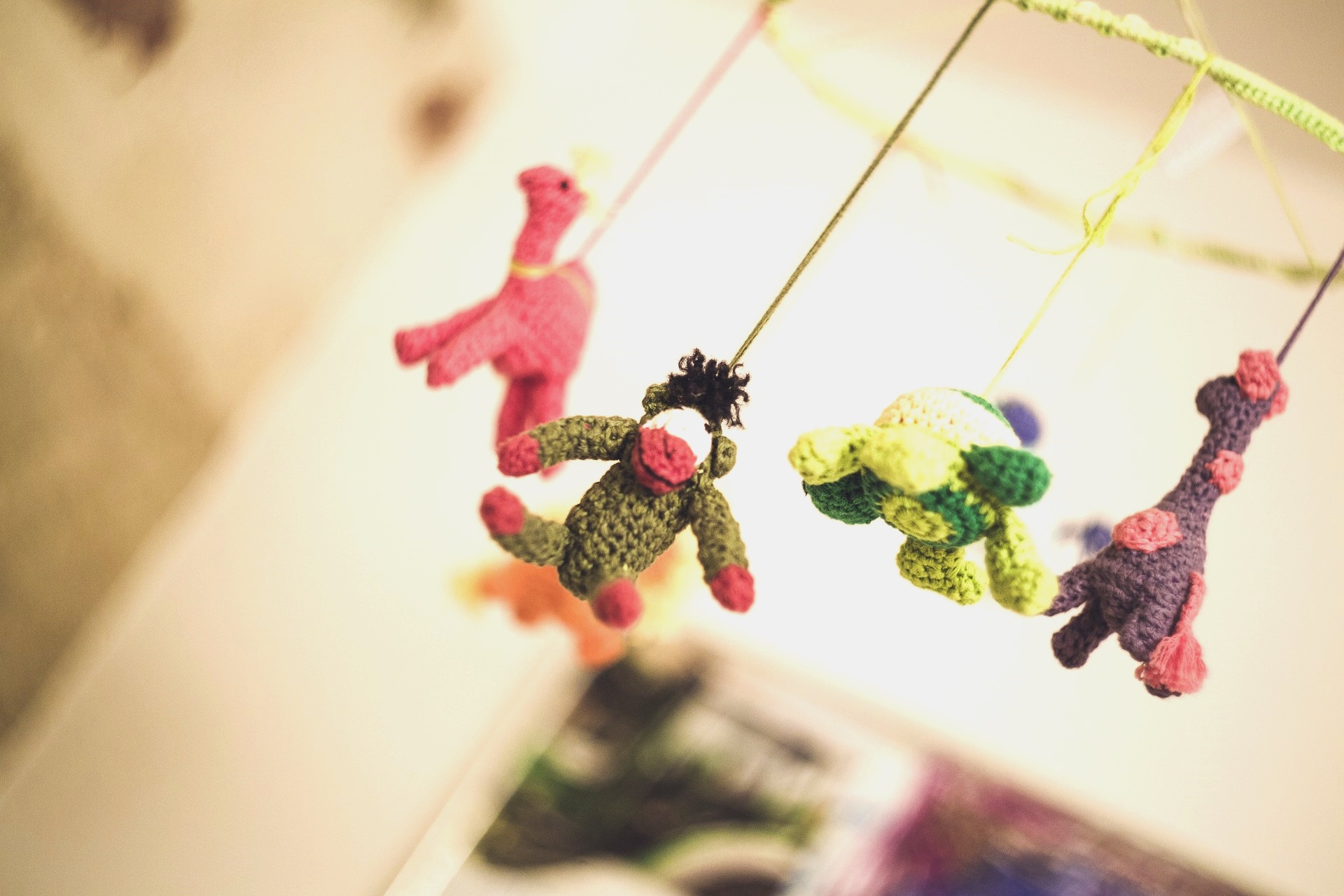
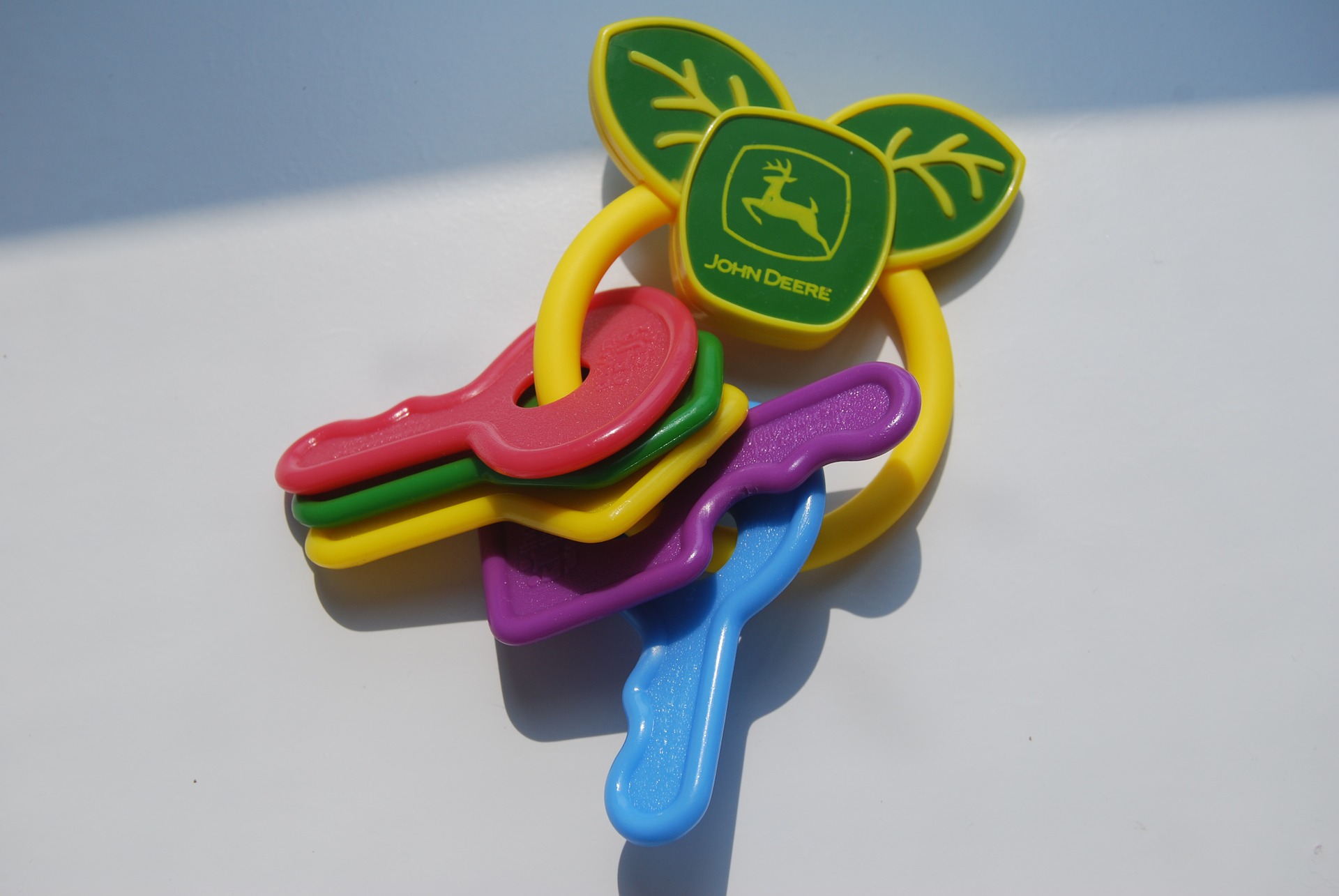
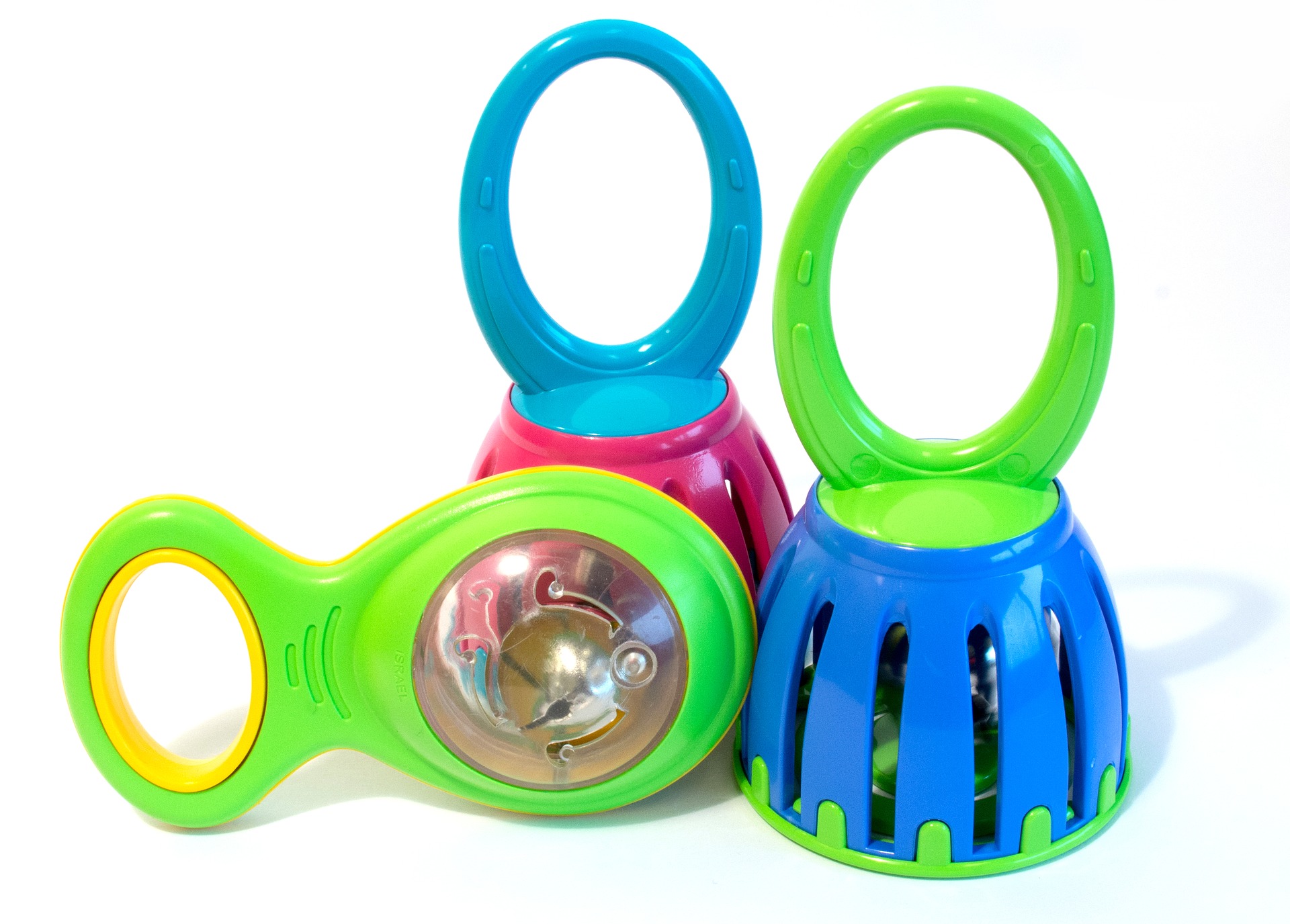
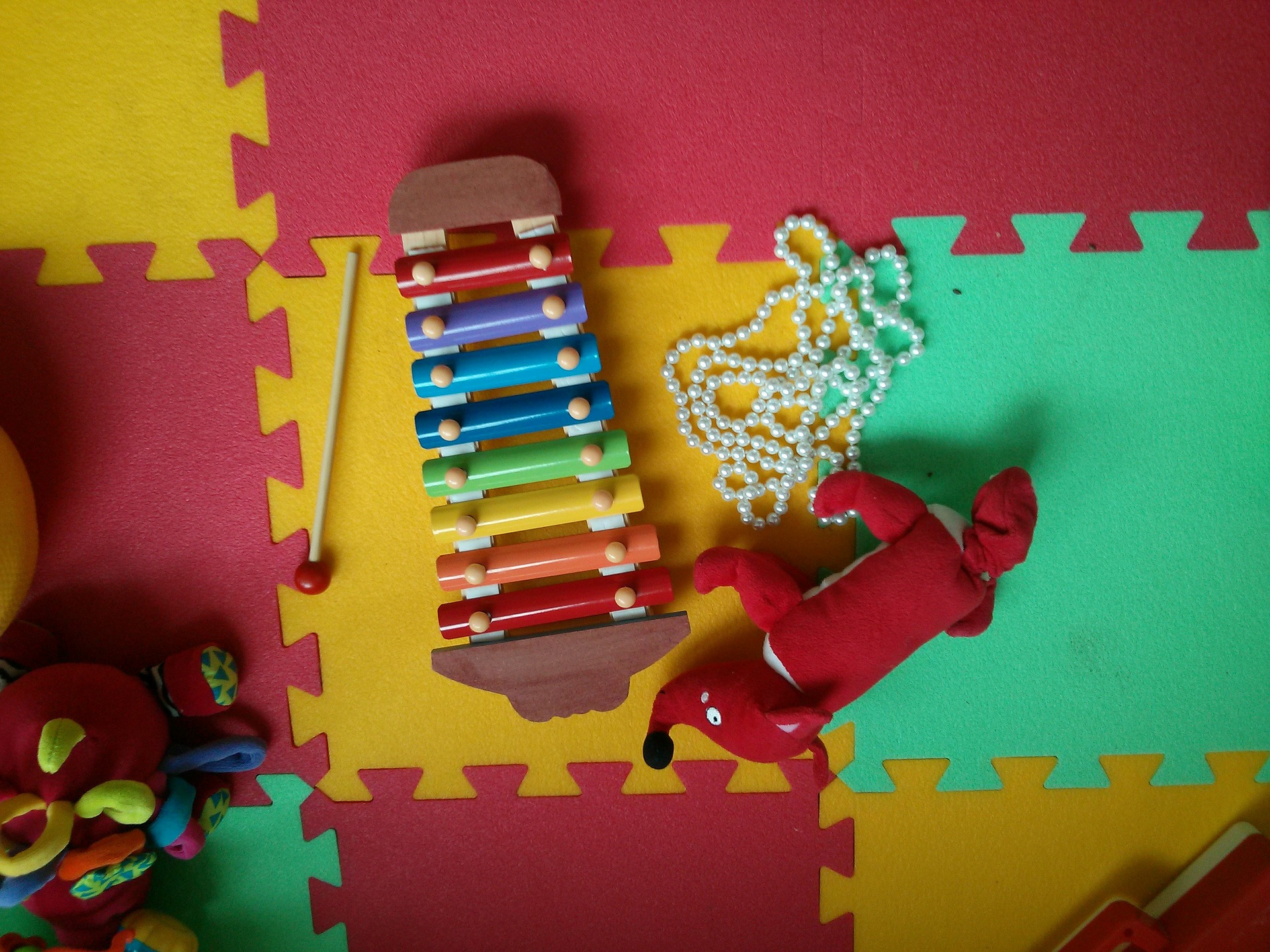
Toddlers (1-3 years old)
There is a wider variety of toys for toddlers to play with, though they might still enjoy some of the toys they played with as babies. Toddlers have better control of their hands and fingers at this stage, so they would enjoy any toy that responds to their actions and makes use of newly acquired motor skills. They may like to do things with small objects like complete a puzzle or build with blocks by themselves. They’ll also start to enjoy pretend play that imitates the actions of people around them.
Suggested toys for toddlers:
- Stacking rings / Nesting cups or boxes
- Push- or pull-toys that make noise or have pieces that pop up or move
- Hammering sets that let kids hammer pegs or balls through holes
- Musical instruments like tambourines, drums, or maracas (especially popular are those with flashing lights on the keys that your child needs to press in order to play a tune)
- Shape sorters
- Large play vehicles, such as a school bus or a fire engine, plus plastic people that ride in them
- Ride-on toys and tricycles
- Puzzles (with 4 to 12 pieces)
- Props for make-believe play, such as toy telephone, a tea-party set, a toy kitchen, or a doll stroller
- Dolls and stuffed animals
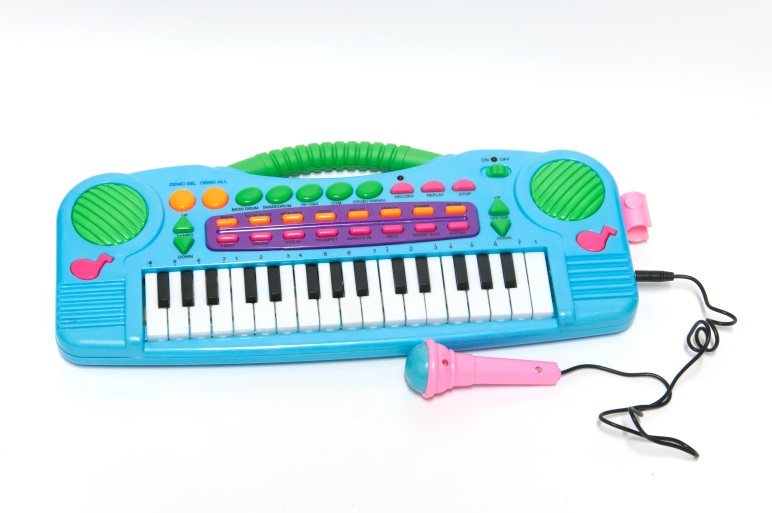
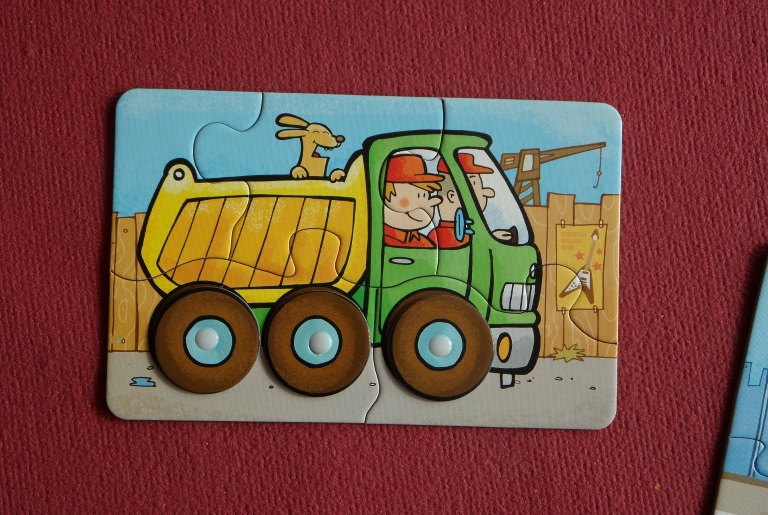
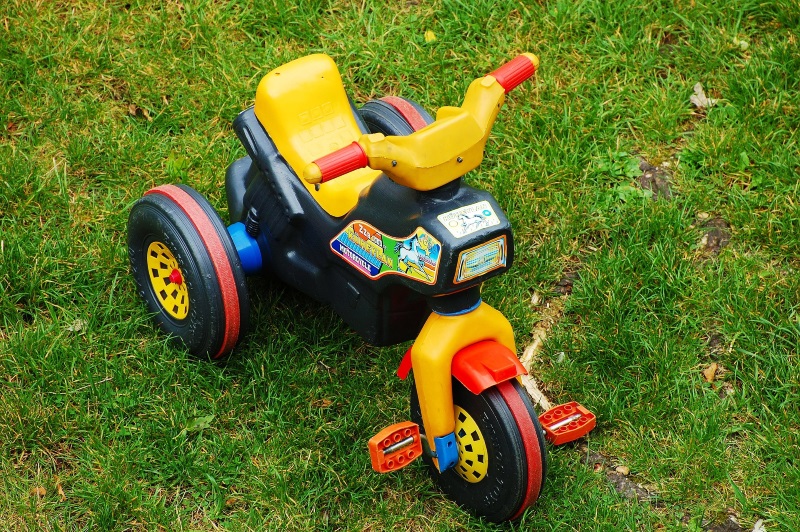
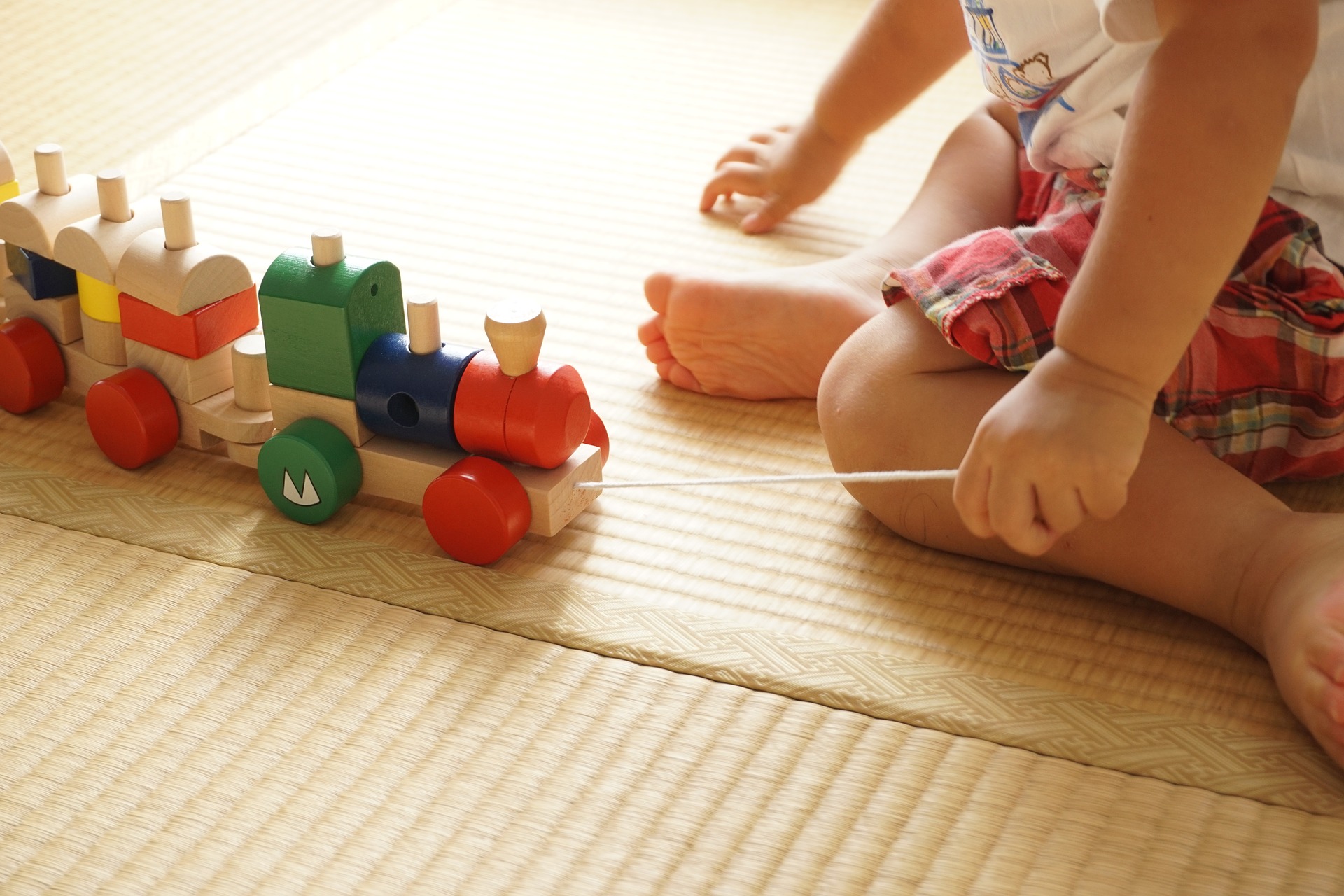
Preschool and School-Aged Children (4-6 years old)
When children reach preschool age, there is an explosion in learning ability at this stage, and they have longer attention spans than toddlers too. This is a good time to introduce interactive educational toys for preschoolers to learn about letters, numbers and verbal skills. Toys that encourage this type of learning would give them a head start by introducing them to things that they will be learning in school; kids who are already in school can supplement and reinforce their learning with fun and educational toys. Kids are now able to imagine that they’re someone else and may fantasize about being airplane pilots, police officers, doctors, or teachers.
Suggested toys for preschoolers or school-aged children:
- Art supplies and craft kits
- Blocks of different shapes
- Electronic phonics toys
- Construction sets with large pieces, such as Legos or other building blocks
- Puzzles of greater complexity
- Action figures
- Barbies
- Remote-control cars
- Board games that don’t require reading, such as chess or Snakes and Ladders
- Soccer balls and basketballs
- Bicycles with training wheels
- Computer and video games that are educational and children can understand

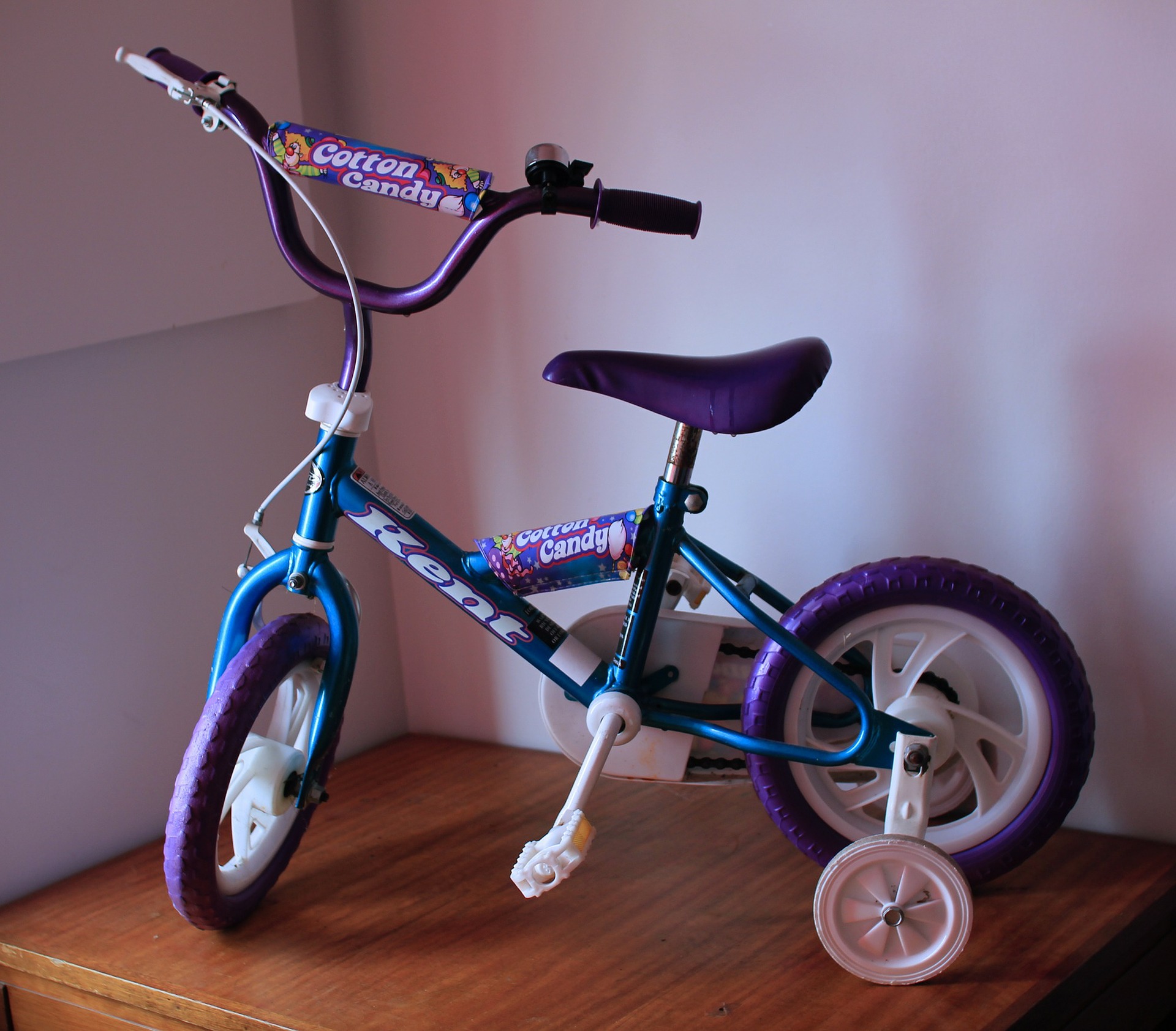
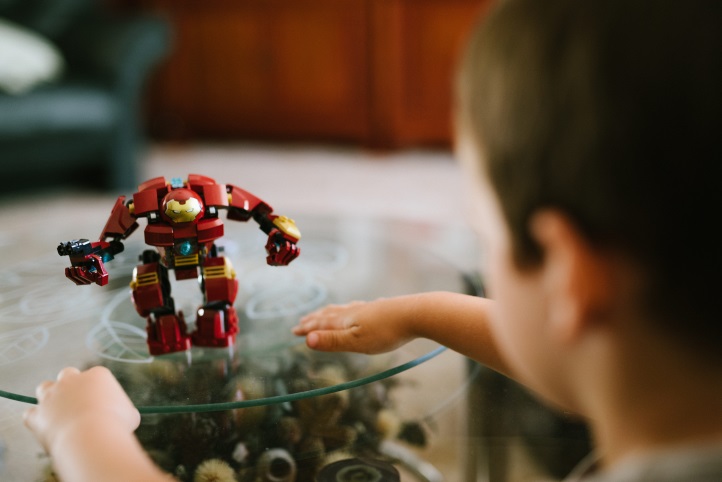
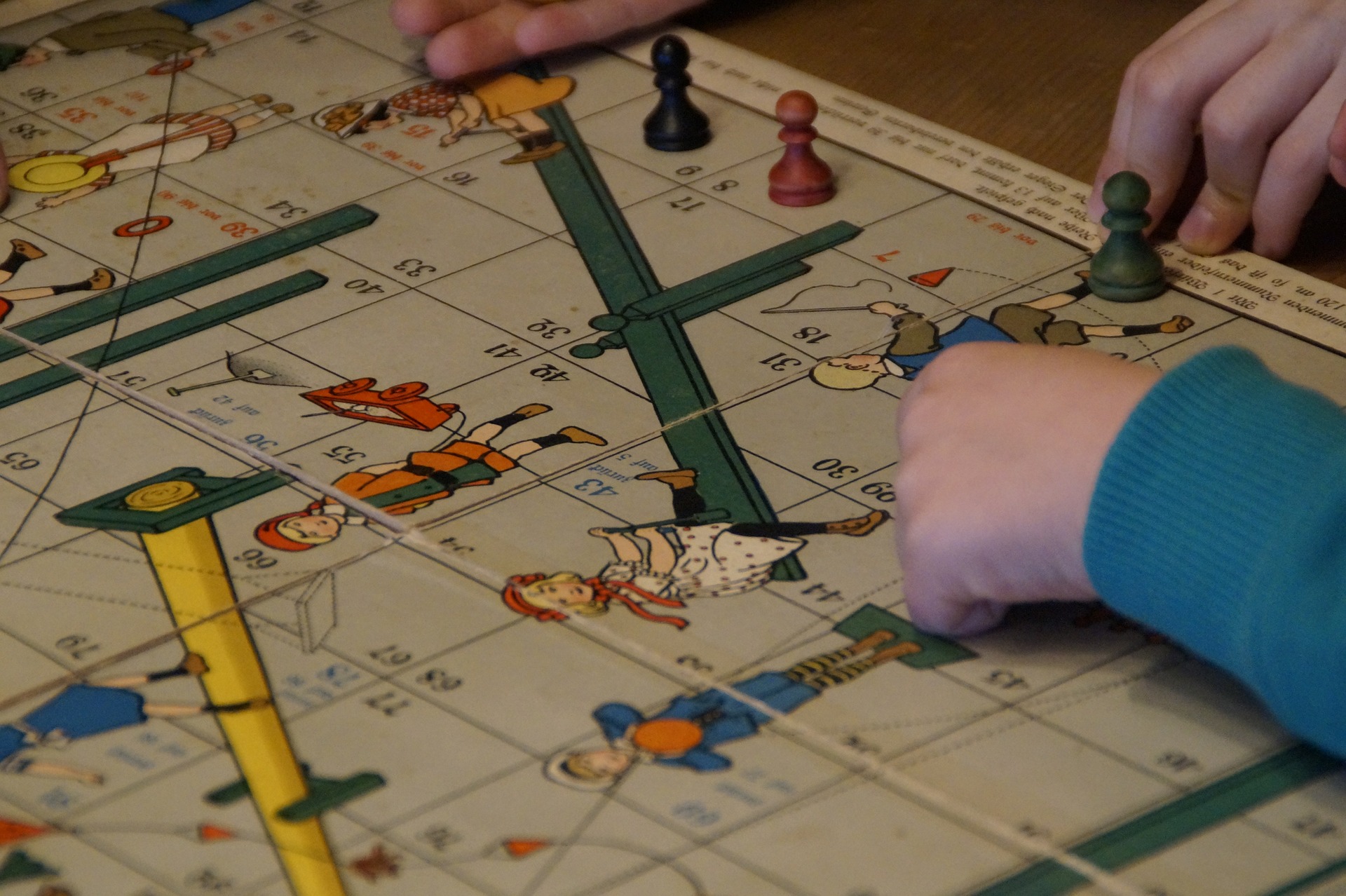
It’s important to understand that play is vital for young children, as playing enables them to start to understand the world around them. They learn a lot from playing and choosing the right toy is key in supporting their development of skills. It does not have to be absolutely age-specific when it comes to buying toys, most importantly is to choose appropriately based on the developmental pace of each child.





